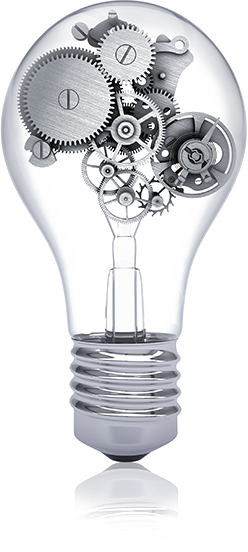It is critically important that suction pressure is delivered deep in the internal tissues and broadly across the surgically created tissue planes. This key element of the technology design ensures that the benefits of the Interi MOA are not just isolated to a section of the internal surgical wound, but rather throughout it.
Suction pressure plays an important role in IC Surgical’s innovative approach to wound control. Internal suction pressure starts the cascade of bodily activities which are important for a good outcome. More than just the delivery of suction, it is the application of continuous, consistent pressure throughout the surgically-created tissue planes that differentiates this approach.
Internal suction applied to tissue planes has the potential to improve wound control.
Fluid collection in surgically-created tissue planes is a major problem post-surgery. The Interi MOA allows for removal of any fluid that exists, which is critical for tissue to come back together. If internal dead space is reduced or eliminated, there is little to no space for fluid collection.
























